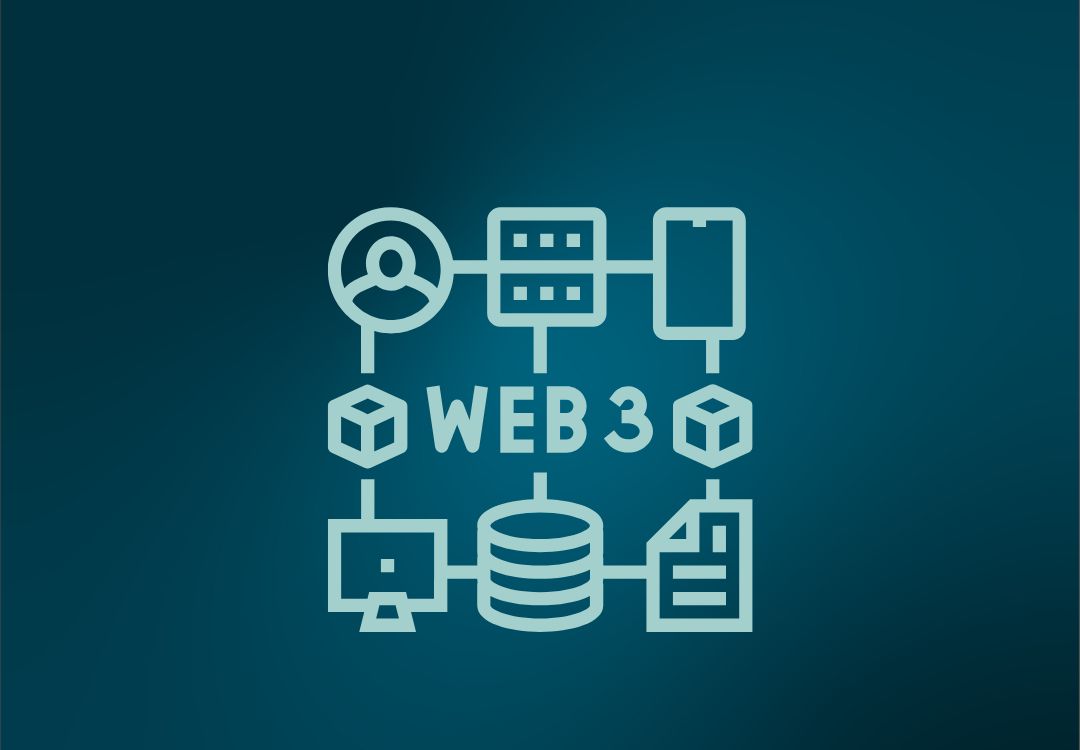The fundamentals of Web3 technology and its patents

There are several ways in which Web3 technology often linked with block chain, decentralized systems, and crypto currency is impacting the present day. One major impact is the potential for increased security and transparency in transactions, as blockchain technology allows for secure, tamper-proof record-keeping. Additionally, Web3 technology has the potential to revolutionize industries such as finance, healthcare, and supply chain management by enabling more efficient and decentralized processes.
1. Decentralization: With Web3 technology, networks can become decentralized, meaning that no one entity controls the data, apps, or services. This makes it possible for more openness, robustness, and resistance to censorship.
2. Blockchain, the underlying technology of Web3, provides trustworthy and immutable record-keeping. Lowering the bar for trust in middlemen and guaranteeing data integrity has ramifications in many fields, including supply chain management and banking.
3. Tokenization is the third feature and Web3 makes it possible. Tokens are digital representations of ownership or rights. This paves the way for novel economic models, crowdfunding, and fractional ownership.
4. Automated and self-executing contracts, backed by blockchain technology, are known as smart contracts. These contracts eliminate the need for intermediaries. They allow for a variety of transactions, including payments, to take place even when parties do not necessarily trust one another.
5. Confidentiality: When contrasted with older online systems, certain Web3 technologies provide more robust protections for user privacy. The adoption of methods such as decentralized identification systems and zero-knowledge proofs grants users’ greater control over their data.
Next, when it comes to Web3 patents, the use of blockchain technology in smart contracts has led to an increase in patent filings related to decentralized applications and protocols. As companies strive to safeguard their innovations in this swiftly changing field, they are filing an increasing number of patent applications for Web3 technologies.
1. One of patents' most important functions is to safeguard developments in Web3 technology. Patenting newly developed algorithms, protocols, or applications enables individuals and businesses to encourage investment and new developments in the field.
2. In competitive markets, companies can sometimes use patents as weapons. Companies can utilize patents in two ways: defensively, to prevent competitors from copying their discoveries, and offensively, to gain an advantage over competitors or prevent new entrants from joining the market.
3. Collaboration and Licensing: Businesses can license patents to utilize patented inventions for a fee or royalty. This has the potential to inspire teamwork and the growth of Web3 technology ecosystems.
Problems with the Law: New areas of technology, such as Web3, are more likely to see patent challenges and lawsuits. The resolution of these disputes has an impact on both the technological trajectory and the competitive environment.
Although patents have the potential to promote innovation and safeguard inventors' rights, some worry that they could hinder progress, particularly in an area as dynamic and collaborative as Web3. For technology to keep improving, there must be a balance between encouraging innovation and keeping it safe.
Web3 technology is no different from any other technological area in that it allows for the patenting of numerous improvements. Some examples of Web3-related innovations that could be eligible for patents are as follows:
How to approach patenting your invention:
- Blockchain Algorithms: You can obtain a patent for new algorithms or consensus methods that make blockchain networks more secure, efficient, or scalable. It is possible to patent novel approaches to things like consensus protocols, encryption, and transaction validation.
- DApps: Blockchain technology enables the creation of unique DApps that are potentially patentable. Things that set this apart from other decentralized applications (dApps) could be its user interfaces, features, or functionalities.
- Smart contracts: It is possible to patent innovations in the field of smart contract technology, including new ways of executing, certifying, or managing smart contracts. Possible examples of such developments include new smart contract programming languages, optimization strategies, or methods for integrating with existing systems.
- Methods for Tokenizing Assets: You can patent methods for tokenizing assets or establishing new types of tokens. Various methods for creating fungible or non-fungible tokens (NFTs), establishing token standards, or reflecting real-world assets on a blockchain could be part of this.
- Patents are available for innovations in the field of decentralized finance (DeFi). This includes novel financial products, protocols, and governance methods. This category could include lending protocols, decentralized exchanges, automated market makers, and yield farming techniques.
- Blockchain Infrastructure: Patentable examples of blockchain infrastructure include storage solutions, network protocols, and hardware components designed for blockchain processing.
- Solutions for Privacy and Security: Patentable methods exist to improve blockchain networks' security and privacy. Some examples of such methods are zero-knowledge proofs, safe multi-party computation, identity management, and anonymous transactions.
- Decentralized Identity: Block chain-based identity verification protocols and other decentralized identity system innovations, such as self-sovereign identity solutions, are eligible for patent protection.
- Interoperability solutions: You can patent methods that make blockchain networks work with each other or with existing systems. Middleware, standards for interoperable tokens, and protocols for cross-chain communication are possible examples of such solutions.Blockchain governance techniques, including voting systems, dispute resolution procedures, and decentralized autonomous organizations (DAOs), are eligible for patent protection.
According to patent law standards, the uniqueness, non-obviousness, and industrial usefulness of inventions in Web3 technology are essential elements that determine their patentability. Also, patenting new technology is always changing, so it's a good idea to go to a patent expert. Einfolge Technology can provide guidance on the patenting process and help navigate the evolving landscape of Web3 technology. Einfolge Technology, with its expertise in intellectual property rights, can assist in securing patents for innovative inventions in the blockchain and decentralized technology spaces.